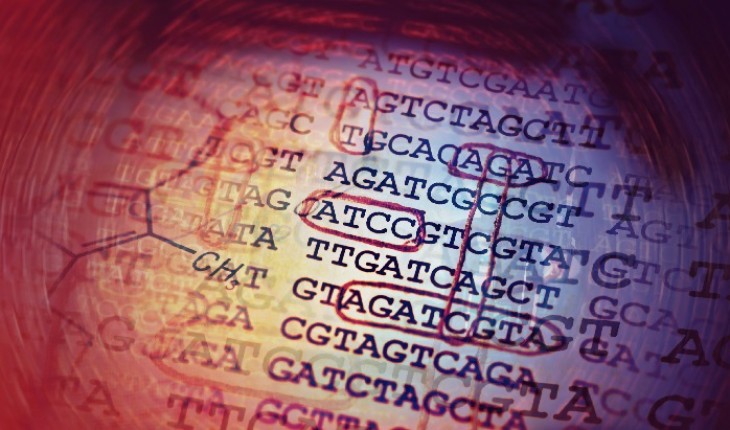“Well, Mrs Dow,” said the curly haired, highly recommended child psychologist from Harley Street, as he sat in my kitchen – “you’ve got a problem. Your daughter is mentally handicapped.”
Our daughter Annie was 3 years and 4 months old at the time and still not speaking. Urged on by a concerned friend, I had called in an expert to assess her.
That day of reckoning was the 20th May 1994 and the beginning of our lifelong journey with a mentally handicapped child.
Today 22 years later we know that Annie has a unique chromosome deletion of 1p31, chromosome.
But the road to discovery and a diagnosis has not been straight forward, indeed at times frustrating as well as emotionally draining.
After further assessment at The Royal Hospital For Sick Children in Edinburgh, which took an unacceptable two years, the conclusion was ‘brain damage that occurred during pregnancy’ in 1997. A vague, inconclusive diagnosis that left us bewildered and with more follow up questions than there were answers. A third assessment in 2003 still failed to pinpoint the exact cause of Annie’s disabilities but now put us on the right track at the suggestion of Christopher Gillberg, Professor of Child and Adolescent Psychiatry, University of Gothenburg and the Gillberg Neuropsychiatry Centre, who suggested we test her for FISH 22q11.2.
Annie has, amongst other features; a high prominent nasal bridge, thin/long face, arachnodactyly, dyspraxia/apraxia, including gait apraxia, short attention span, extraordinary club shaped big toes and mental retardation.
Although she tested negative for FISH 22q11.2, we now felt the answer most probably would be found within the rapid unraveling of the human genome. It was agreed that David FitzPatrick, Professor of Genetics at The Institute for Genetics & Molecular Medicine in Edinburgh would keep Annie’s blood sample while waiting for better technology.
Four years later, a brown window envelope arrived (2nd class post) carrying the fundamental information of ‘a small but significant missing fragment on the short arm of Chromosome 1’.
25 genes are missing in Annie’s genome. The technique used was new then in 2007 and called array CGH and no other case with a deletion of this precise region of Chromosome 1 had been detected worldwide.
The code for Annie’s array CGH analysis is:
46,XX,arr cgh 1p31.1->1p31.3 (RP4-759M20->RP11-261J10) x 1
Annie’s chromosome profile is unique so between the two professors and myself we named it ‘Annie’s syndrome.’
As a journalist and as the founder of Mindroom, I was very excited by the news. I felt we were right at the heart of a genetic detective novel. But as a mother, I and our family will always be up against a void in Annie’s genome of about six million base pairs of DNA, which is less than three per cent of the total length of Chromosome 1. That particular void is irreparable, and perhaps the upside of such an absolute is a blessing, as we are spared the hunt for a cure. But it is the other void, the further scientific understanding of what role those missing 25 genes would have played had Annie arrived in tact with a complete count of genes that needs to be filled. Professor FitzPatrick and his colleagues are at present unable to answer those questions, but a breakthrough is relatively imminent.
David FitzPatrick believes that within the next two years we may have a full map of all the single genes that can cause problems. And once we have that, we can start to understand how these work together – and whether there are shared features between affected individuals.
Although the bigger genomic picture might still elude us, a lot has been achieved in recent years thanks to advancing technology.
What initially took the Human Genome Project over a decade to do – can now be done in less than a week! Annie’s array in 2007 was numbered 1,954 (globally) – today more than 301,000 arrays has been completed.
Despite that, we have not been able to find another ‘Annie’ and so she remains the only person in the world with that exact chromosome profile – and perhaps that is instead the emerging picture? That of individual chromosomal diversions rather than new syndromes discovered.
The DDD Study was set up in 2010 to help doctors understand why patients get developmental disorders. It’s a collaboration between David FitzPatrick at MRC Human Genetics Unit in Edinburgh, Dr Helen Firth at Addenbroke’s Hospital in Cambridge and Dr Matt Hurles and colleagues at the Wellcome Trust Sanger Institute. They have spent the past four years collecting DNA and clinical information from 14,000 undiagnosed children and adults in the UK with developmental disorders and their parents. The DDD team will be analysing (and re-analysing) all the genomic data from families in the study over the coming years to try to find a diagnosis for as many children as possible.
So far 4,300 have been analysed and a total of 40 per cent of those families have now been able to get a diagnosis.
Now, David FitzPatrick tells me, is a very exciting time to be a geneticist.
- Brain damage at birth: Time to let the genes tell the story - 1st March 2016









